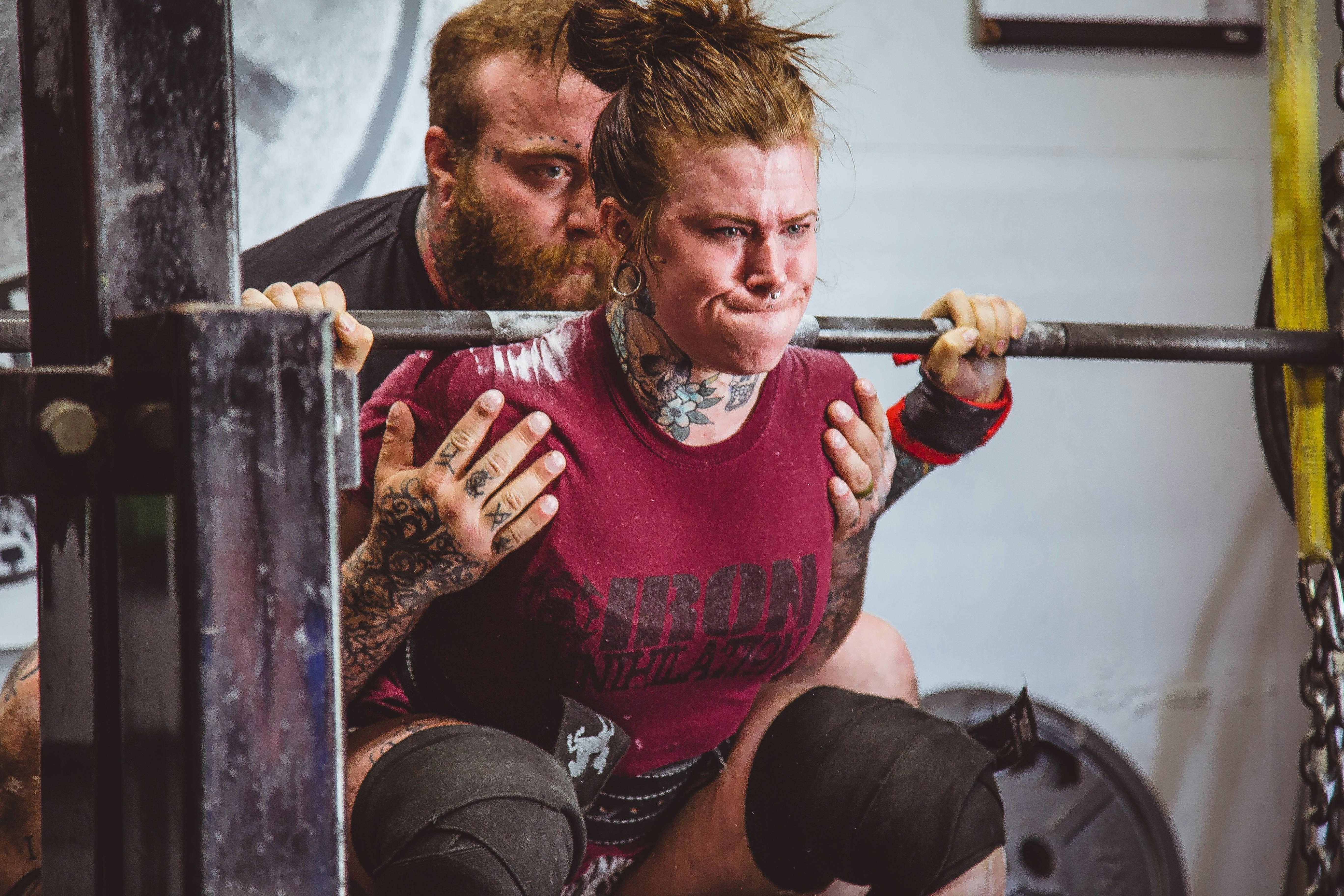Strength training is a powerful journey of self-improvement, a dance between muscle and mind that builds strength, confidence, and resilience. Yet, as with any intricate dance, missteps can lead to unintended consequences. Injuries, the uninvited guests in this empowering pursuit, can disrupt progress and dampen motivation. Understanding how to prevent these setbacks is crucial for anyone looking to maximize their strength training experience. In this article, we will explore effective strategies to safeguard your body, ensuring that your path to strength is not only successful but also sustainable. Whether you’re a seasoned lifter or a newcomer to the world of weights, these insights will help you train smarter, allowing your body to thrive as you push your limits.
Mastering Form and Technique for Injury-Free Training
Proper form and technique are the backbone of safe and effective strength training. Align your body correctly during each exercise to ensure that the targeted muscles are engaged and to avoid undue stress on joints and tendons. This means maintaining a neutral spine, keeping your core engaged, and using a full range of motion. Mirrors and video recordings can be invaluable tools for self-assessment, allowing you to see what your body is doing and make necessary adjustments.
- Focus on the basics: Master foundational movements like squats, deadlifts, and presses before progressing to more complex exercises.
- Control your movements: Avoid using momentum to lift weights, as this can lead to imbalances and strain.
- Listen to your body: Pain is a signal that something is wrong; don’t ignore it in the pursuit of lifting heavier weights.
Additionally, incorporating flexibility and mobility exercises into your routine can enhance your form and technique. Regular stretching, foam rolling, and dynamic warm-ups prepare your body for the demands of strength training. This not only reduces the risk of injury but also improves your overall performance by increasing your range of motion and joint stability. Remember, the goal is not just to lift heavier but to lift smarter, ensuring longevity and sustainability in your fitness journey.

Choosing the Right Equipment to Support Your Goals
Embarking on a strength training journey requires more than just determination and a good workout plan; it necessitates the right gear to ensure safety and efficiency. Selecting the appropriate equipment can significantly reduce the risk of injuries and enhance your performance. Quality over quantity should be your mantra when it comes to purchasing workout gear. Investing in high-quality, durable equipment will not only last longer but also provide the necessary support and stability during intense sessions.
Consider these essentials for a safer workout experience:
- Proper Footwear: Choose shoes that offer excellent grip and support, especially if you’re lifting heavy weights.
- Weightlifting Belts: These can provide additional support to your lower back during heavy lifts, helping to maintain proper form.
- Wrist Wraps and Straps: Ideal for exercises that put a lot of stress on your wrists, these can help prevent strain and fatigue.
- Knee Sleeves: Provide stability and warmth, which can help in reducing the risk of knee injuries.
- Resistance Bands: Great for warm-ups and mobility exercises, aiding in injury prevention by improving flexibility and muscle activation.

Incorporating Rest and Recovery into Your Routine
Integrating adequate rest and recovery into your strength training regimen is not just beneficial; it’s essential for injury prevention and optimal performance. Rest days allow your muscles to repair and grow stronger, reducing the risk of overuse injuries. Recovery doesn’t merely mean lounging on the couch; it encompasses a holistic approach to restoring your body’s energy levels and preparing for the next workout. Consider these recovery techniques:
- Active Recovery: Engage in low-intensity activities like walking, swimming, or yoga to maintain mobility and circulation without overloading your muscles.
- Stretching and Flexibility: Incorporate dynamic and static stretches to enhance flexibility and prevent stiffness.
- Hydration and Nutrition: Fuel your body with adequate nutrients and fluids to facilitate muscle repair and energy replenishment.
- Sleep: Ensure you get quality sleep, as it is crucial for muscle recovery and overall health.
By prioritizing these elements, you not only enhance your physical capabilities but also cultivate a balanced routine that safeguards against injury.

Listening to Your Body to Avoid Overtraining
One of the most effective ways to safeguard against injuries during your strength training workouts is to become attuned to the signals your body sends. Overtraining can sneak up on you, often masked as determination and drive. Listening to your body involves being vigilant about the subtle signs that hint at fatigue and strain. If you find yourself feeling excessively tired, experiencing prolonged muscle soreness, or facing unexpected drops in performance, it might be time to reassess your routine.
- Rest and Recovery: Ensure you’re incorporating rest days and allowing muscle groups time to recuperate.
- Monitor Energy Levels: Pay attention to your energy levels during workouts. Diminished energy can be a sign of overtraining.
- Mindful Training: Engage in exercises with full awareness, focusing on proper form and technique.
- Hydration and Nutrition: Maintain a balanced diet and stay hydrated to support muscle repair and overall health.
By integrating these practices, you can create a balanced training regimen that enhances performance while minimizing the risk of injuries. Remember, progress is a marathon, not a sprint.
